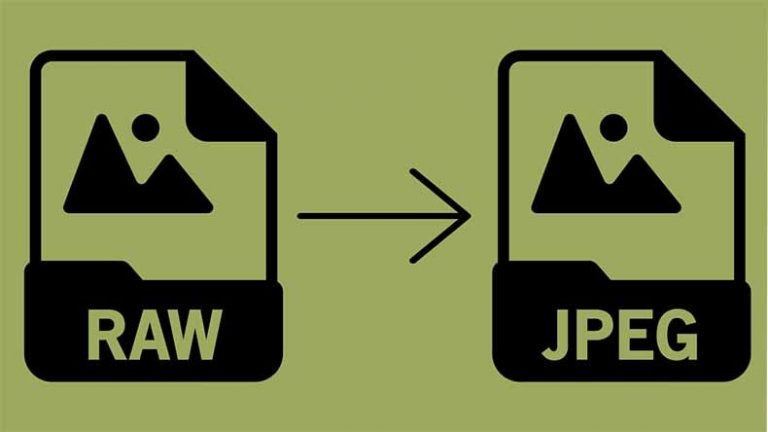What Bitrate Should I Use When Encoding My Video?
Are you struggling to find the right bitrate for encoding your videos? Look no further! This article will provide you with the necessary information to make informed decisions when it comes to bitrate selection.
Understanding what bitrate is and how it affects the encoding process is crucial in achieving optimal video quality. By the end of this article, you will have a clear understanding of the factors to consider and the steps to take in choosing the right bitrate for your video encoding needs.

So, if you want your videos to look their best and ensure smooth playback across various platforms, keep reading. We’ve got you covered!
What is Bitrate?
Bitrate is the rate at which data is processed and transmitted in a video, allowing you to enjoy a seamless and high-quality viewing experience. When it comes to video encoding, bitrate plays a crucial role in determining the overall video quality.
The video bitrate refers to the number of bits processed per second. A higher bitrate means more data is processed, resulting in better video quality. On the other hand, a lower bitrate may lead to a loss of detail and clarity.
It is important to find the right balance between file size and video quality when choosing the bitrate for your video. Keep in mind that bitrate affects video quality, so adjusting it can make a significant difference in the viewing experience.
What is Encoding?
Encoding is the process of converting video files into a compressed format, reducing their size while maintaining video quality. The video bitrate is a key factor in encoding, as it determines the amount of data used to represent each second of video. Higher bitrates result in larger file sizes but better video quality, while lower bitrates sacrifice quality for smaller file sizes. It’s important to find the right balance between video bitrate and quality to ensure an optimal viewing experience.
Understanding encoding and its relationship with video bitrate is crucial in achieving the desired results for your videos.
Does Bitrate Affect the Encoding Process?
When it comes to encoding videos, the bitrate plays a crucial role in determining the final output. The bitrate refers to the amount of data that is processed per second during the encoding process.
A higher video bitrate means that more data is being used to encode the video file. This can have a direct impact on the video quality. If the bitrate is too low, the video may appear pixelated or blurry. On the other hand, if the bitrate is too high, it can result in large file sizes, which may be difficult to stream or store.
Therefore, it is important to choose the right bitrate to ensure optimal video quality while keeping the file size manageable.
How does Bitrate Affect video quality?
Understanding how bitrate affects video quality is crucial in finding the perfect balance between data usage and visual experience. Video bitrates refer to the amount of data used to encode a video stream. Using higher bitrate results in a larger video file size, which leads to better image quality and more detail. Conversely, using a lower bitrate reduces the file size but may result in pixelated or blurry video quality. It’s important to find the right balance to avoid poor video quality while keeping data usage in check. However, using too high of a bitrate can cause compatibility issues on certain devices or slow internet connections.
How to Choose the Right Bitrate for Video Encoding?
To ensure an unforgettable viewing experience, you need to select the perfect bitrate that will bring your videos to life and captivate your audience.
The bitrate refers to the amount of data that is transmitted per unit of time, and it directly affects the video quality. Higher bitrates generally result in better video quality, as they allow for more data to be encoded.
However, it is important to strike a balance between higher video quality and file size, as larger files can be more difficult to stream or download. You have to choose different bitrates for different types of encoding processes. Bitrate for 2-pass encoding and single-pass should be different.
To choose the optimal bitrate, you can use a video bitrate calculator that takes into account factors such as resolution, frame rate, and desired video quality.
By carefully selecting the bitrate, you can ensure that your videos look their best while still being easily accessible to your audience.
Conclusion
In conclusion, when it comes to choosing the right bitrate for video encoding, it is important to consider various factors.
Bitrate refers to the amount of data used per second in a video file and affects both the encoding process and the resulting video quality.
By selecting a higher bitrate, you can achieve better video quality, but it will also result in larger file sizes.
It is crucial to strike a balance between video quality and file size to ensure optimal viewing experience.






